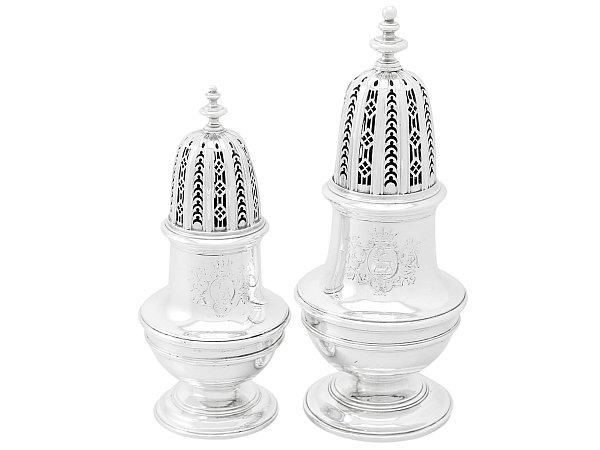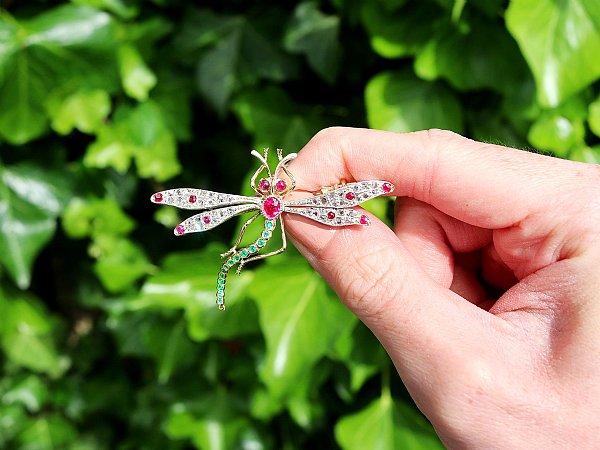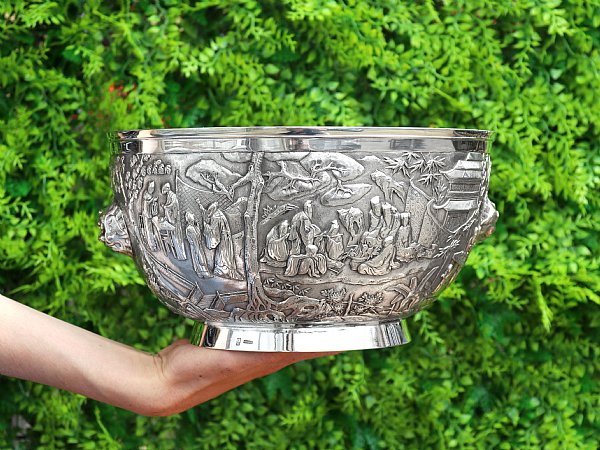Search Results for: '{{searchText}}'
Sorry...
We don't seem to have what you're looking for.
However we do have thousands of magnificent pieces of silver and jewellery available for you to view online. Browse our store using one of these categories.
Please wait for loading data... 
Here at AC Silver we have a fantastic collection of silver casters for sale, including; silver sugar casters, sets of casters for spices and sugar, Lighthouse style casters, Baluster style casters, and many more.
We are proud to be able to offer our customers a range of antique silver casters, including Britannia silver and sterling silver sugar casters from the Georgian, Victorian and Edwardian eras.
These sugar casters are of the finest quality and are in in presentation condition. Sugar casters are a wonderfully charming antiquity which can be used practically during formal dining, or can be used as delightful ornamentation.
AC Silver offer a 14-day return policy, and include a free shipping with all vintage and antique teaware.

Sugar casters, which have been used from the 17th century, were the natural progression from sugar boxes. Sugar boxes were often highly ornamented and decorative, yet were not convenient for using at the dinner table while eating or drinking. The term ‘caster’ is a reference to the way which the sugar is cast across the food, and dispensed evenly.
The shape and form of the silver sugar caster is based on the need to sprinkle sugar when sweetening drinks or food. Therefore the pierced dome shape of the top of the sugar caster allows sugar to pass through delicately and gradually, while the solid bottom of the caster is the container for the sugar. Generally, the height of the sugar caster has grown over time.
Sugar casters became popular after the founding of the enormous sugar plantations in West India during the mid-seventeenth century, which meant that sugar became much more widely available and plentiful to Britain and the rest of Europe. The subsequent fashion for highly sweetened foods and baked confectionaries followed this influx of sugar, and sugar found a place at the dinner table of every house.
Sugar casters were originally imported in to Britain from France in the mid seventeenth century. English silversmiths then copied designs, creating individual silver pieces themselves.
By the end of the seventeenth century other seasoning such as cayenne and pepper were being used in England, and they too became commonly available, eventually finding their way to the dinner table during meals alongside sugar. As people were already familiar with the concept and shape of the sugar caster, it logically followed to create casters for these seasonings too - although these pepper and cayenne were smaller than the sugar casters, as not so much was required for the palette of the British of the time. British Silversmiths then began creating casters in sets of three for these new items, although it is very rare to find a complete set of three casters today.
By the 1670’s three types of caster were manufactured: a large one for sugar, and two smaller ones, one for pepper and one for dry mustard. The sugar and pepper casters were fitted with domed, pierced decorated covers. The mustard caster however was fitted with an unpierced cover, as before the 18th Century, mustard powder was spooned from the caster and mixed with vinegar to create a mustard paste of the desired consistency.
Initially casters were produce with a plain circular cylindrical form, but by the early eighteenth century slightly more decorative pear shaped and vase shaped casters were produced. During the 1730s they were sometimes crafted in an octagonal form with a concave body on their upper half and a concave body below.
The earliest examples are often from the era of William III.
Casters began to be mass produced and eventually the quality of the pieces began to diminish. Because they became lighter as the silver used in creating them was thinner and finer, it was necessary for the feet of the casters to become wider to increase the stability of the piece. These mass produced casters also had simple piercing alongside little decorative detailing, due to the fact that the mass production methods couldn’t replicate the skilled work of the earlier silversmiths who had been creating sugar casters.
At the end of the eighteenth century the influence of classical design meant that casters became urn shaped, with the head and finial of the caster being much wider than the foot and the body. This shape allowed for a more even distribution of sugar or pepper, rather than a large amount falling from a smaller surface area.
In the nineteenth century this progression of the design of casters began to falter, as the development and popularity of the cruet set flourished alongside the fashion for all kinds of novelty casters. Sugar casters began to be created with glass bodies, with only silver or silver plated tops rather than being completely made of silver.
Lighthouse Sugar Casters
The styles of sugar casters developed from a simplistic ‘lighthouse’ shape, and gradually became more rotund as styles adapted to the purpose and fashions of the time. This lighthouse style was almost completely cylindrical, with the knop on the top of the caster mimicking the light at the top of the structure. This simple design proved incredibly popular, although it was modified to include more practical elements – such as the pierced decoration becoming finer so the sugar would be dispersed more finely.
Due to the age of the lighthouse style sugar caster, it is the most valuable and rare type of caster to find today. These pieces are highly sought after, particularly those which are still in presentation condition, as the examples are which we are able to offer our customers!
Queen Anne Sugar Casters
Although the Queen Anne caster is considered to have been created later than the lighthouse style caster, it did not naturally progress from the form of the lighthouse caster. There are also Queen Anne lighthouse casters. The Queen Anne style of caster was slightly taller than its predecessor, still with a cylindrical from.
The only element that relates the Queen Anne caster to the earlier lighthouse casters is the way in which the top of the caster is secured. One of the main differences between the styles of the seventeenth and eighteenth century sugar casters is that the piercing during the Queen Anne reign became finer and more delicate, and this is a decent gauge for dating sugar casters.
The one feature of the Queen Anne caster which is specific to this style is a band which runs horizontally around the top half of the caster, to strengthen the caster. This characteristic is not featured on the lighthouse style of caster or those which were created after the reign of Queen Anne. Another feature of the Queen Anne style is that the piercing remains quite large, but is slightly more decorative in form than on the earlier lighthouse style.
Vase Sugar Casters
During the Georgian era, the neck of the sugar caster was becoming longer and their bodies became more bulbous. This gave the impression of a more elegant piece. This elongated shape became known as vase shaped, and this is the shape that sugar casters were predominantly created in during this time.
Throughout the second half of the eighteenth century there were pieces being created with finials in the form of acorns, flames and even pineapple, however towards the end of the century a simple ball shape had been introduced and this became the most commonly used shape, undoubtedly due to the ease of creating this compared to the more novelty finials.
Baluster Sugar Casters
The baluster caster followed the vase shape, this was due to the ‘neck’ of the caster graduating into the body in a more gradual slope than had been the case with the vase shaped caster, and the top and bottom portions of the caster began to look less like two separate pieces became one more coherent shape.
The baluster caster also featured a larger, more rotund lower portion, similar to a round belly when considering the lower portion of the caster the body.




